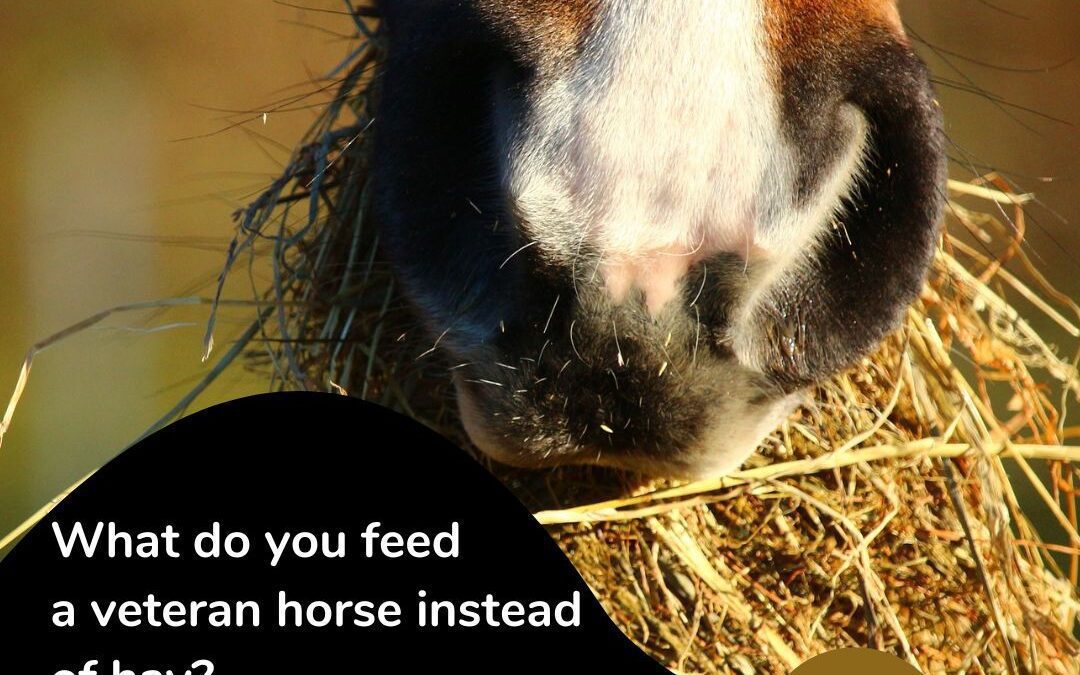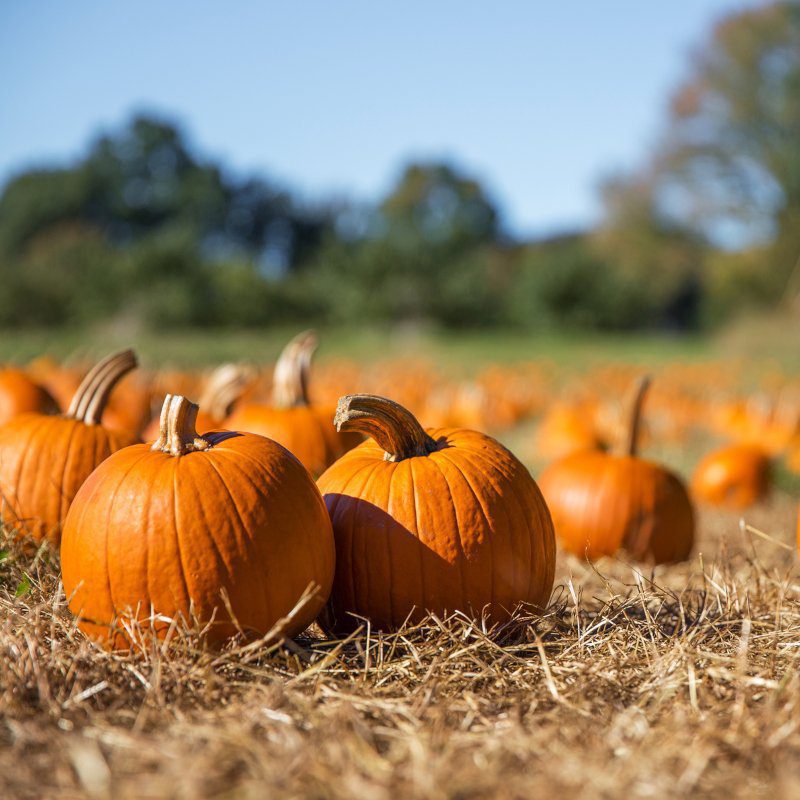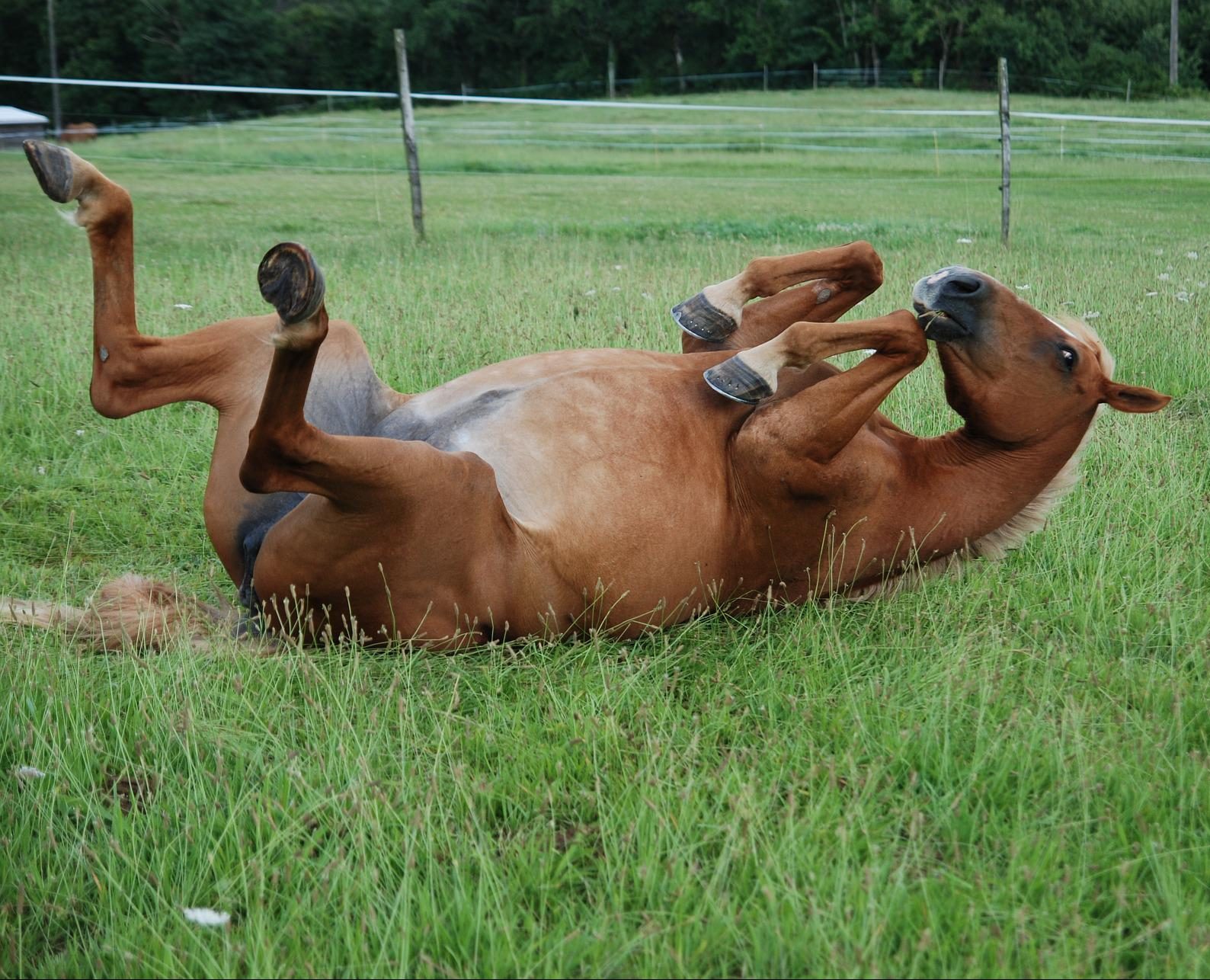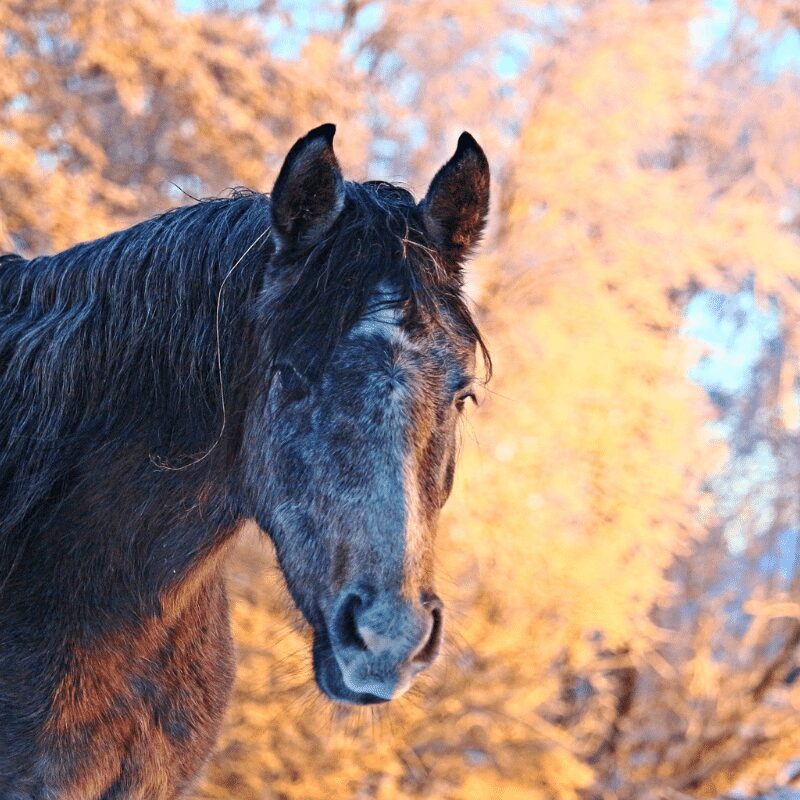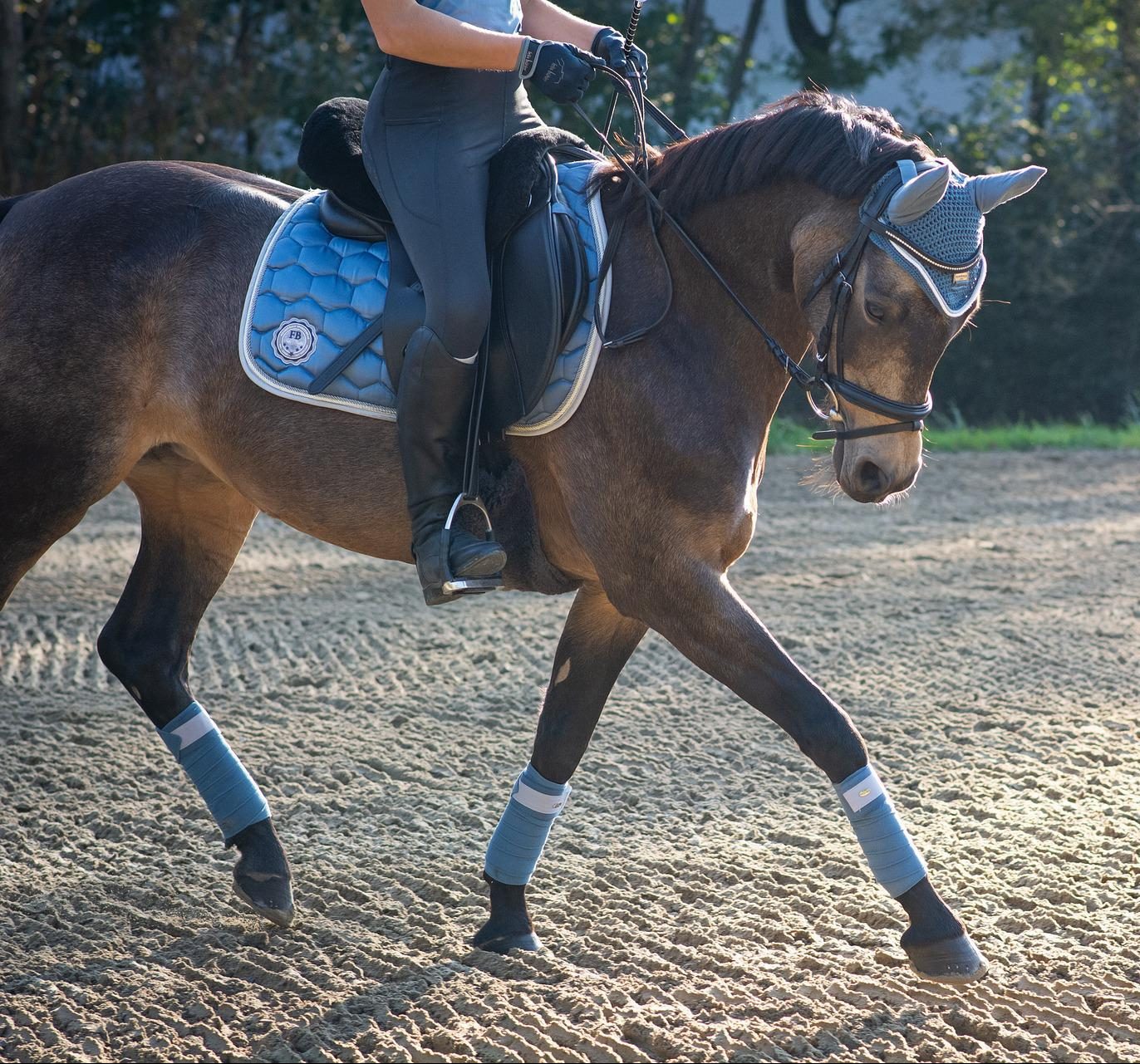
Our veteran horses are living longer – what does that mean for their diet?
These days, horses typically live longer due to improved knowledge and care but their needs change with age; with that comes the question: what do you feed a veteran horse instead of hay?
Senior horses are often more susceptible to problems such as missing or worn teeth, arthritis, and metabolic conditions such as PPID. Horses can live for twenty or even thirty years, so horse owners need to consider how they can adapt their veteran horse’s diet as their needs change.
How does age affect my horse’s chewing?
Throughout a horse’s life, their teeth continually erupt and are worn down as they chew, particularly on long-stem forage such as hay and haylage. Alongside routine dental care, the natural cycle of growth and wear helps to keep their teeth in good working order.
However, as horses age, their teeth gradually become more worn and potentially less effective at chewing long-stem forage. It can also lead to partially chewed food travelling further into their digestive tract which can cause blockages. Because of this, it is important to keep an eye on your veteran’s dental health and chewing ability so you can spot the signs of difficulty before they become too much trouble.
Signs of chewing difficulties in your veteran horse
- Not finishing feed or taking longer than usual to eat
- Pain when chewing
- Missing or loose teeth
- Struggling with or avoiding beloved treats and feeds
- Quidding
- Bad breath
Look out for changes in your horse’s eating behaviour – are they leaving food behind? Taking too long to eat? They might display some pain when chewing or start to struggle with previously beloved treats and feeds.
Another sign of chewing difficulties is quidding, which is often seen in horses that are struggling to chew their forage. Quidding is when the horse drops balls of partially chewed food from their mouth.
Older horses can also be more susceptible to losing teeth, resulting in gaps or diastemas. If not monitored, these gaps can get packed with feed and run the risk of infections. Foul-smelling breath can be an indicator of this.
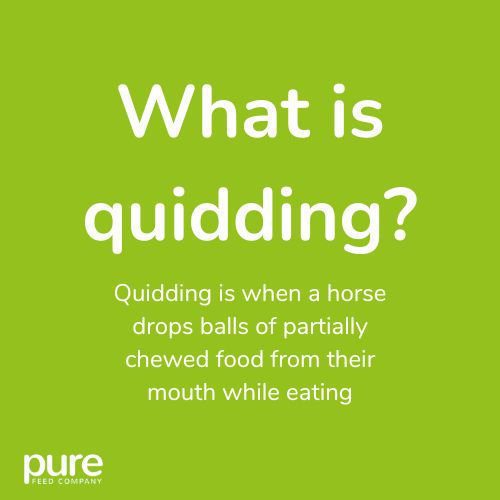
For many of us who see our beloved veteran horses start to struggle with chewing, it can be worrying. However, it isn’t uncommon in older horses and here we will explore what you can feed a veteran horse instead of hay.
Why is a hay replacer important for veteran horses that struggle to chew?
Horses are trickle feeders and are designed to eat a minimum of 1.5% of their body weight as forage per day. It is important that they have a sufficient source of fibre in their diet to help with healthy digestive function. If your horse can no longer comfortably and easily chew forage like hay or haylage, it’s time to start looking for alternative sources like short-chop or soaked hay replacers.
Can I feed a veteran horse hay replacers instead of hay?
Hay replacers are an ideal way to provide your horse with an easy-to-chew source of fibre instead of hay. They come as either a short, soft forage chopped into pieces, or a pellet which is soaked to form a mash. Soaked hay replacers or mashes are generally easier to chew than short-chop fibres. If your horse has very few teeth left, these would be a better option.
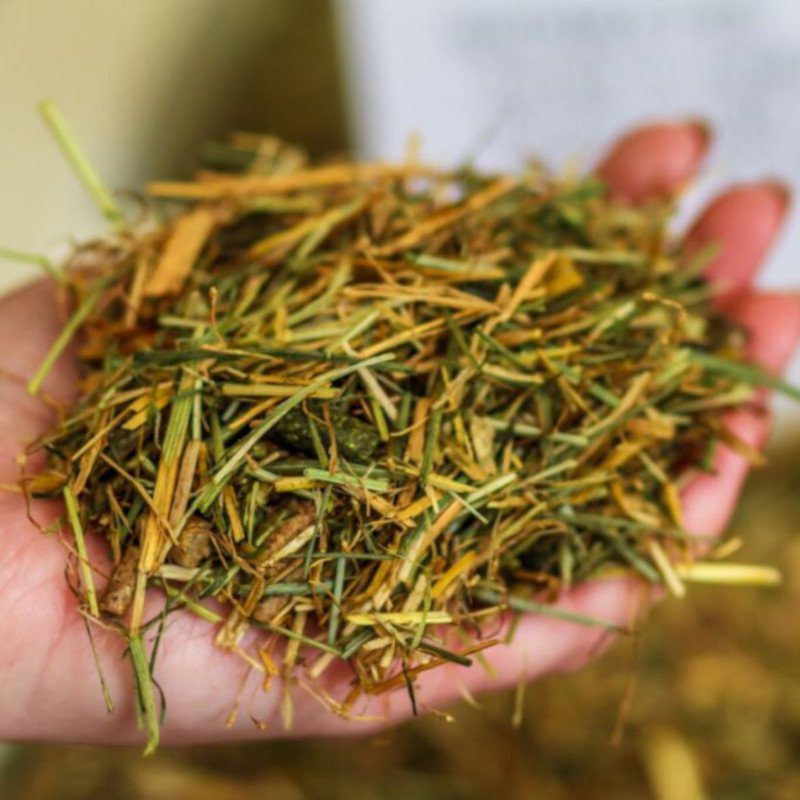
Short chop hay replacers
Halfway between hay and soaked hay replacers, short-chop hay replacers are soft and cut into short pieces to make chewing a little easier. Consider your horse’s dentition and chewing ability when thinking about short-chop hay replacers as they can still get caught in gaps between the teeth, and may not be suitable for horses with few teeth left.
Soaked hay replacers
Soaked hay replacers come in the form of a pellet that is soaked before feeding, so it is easier to chew and, as a result, it is easier to digest. They are also beneficial for gut health because they can help increase your horse’s water intake. That’s particularly advantageous for older horses or those that are reluctant to drink in cold weather!
Top tips for feeding soaked hay replacer pellets
- If suitable, add short-chop hay to soaked feed to extend chew time
- Mimic natural foraging behaviour by splitting their feed into smaller portions and placing around their stable or field
- Encourage small bites by using a shallow feed tub
- Add obstacles like large flat stones to slow down speedy eaters
- Observe your horse’s eating habits & check their teeth regularly
Soaked feeds are quicker for your horse to eat, so it is important to think about what you can do to help slow them down. When they slow down, they can get the best benefit from their fibre intake and reduce the chances of going too long without fibre in their gut.
As horses are foraging animals, offering them different sources of fibre or spreading it out in different places in their stable can help to slow down their eating, provide some mental stimulation and support healthy digestion.
What else is in a hay replacer for horses?
Some hay replacers will have added nutritional extras such as pre and probiotics, vitamins, and minerals, some of which may change how you feed a hay replacer.
Pre and probiotics help nourish the microbial population in the hindgut and aid digestion, which helps your horse get as much benefit from their fibre intake as possible. However, if you are using a hay replacer with added vitamins and minerals, make sure not to overfeed as this could cause a dietary imbalance.
Pure Meadow Mash – a pelleted hay replacer suitable for veteran horses
Meadow Mash is a high-fibre, low-sugar and low-starch soakable micro-pellet. With no added vitamins and minerals it can be fed at a higher rate if being used as a partial hay replacer. Just make sure your horse also has a high-quality source of vitamins and minerals to meet their nutritional needs.
Our Pure Meadow Mash soaks down into a soft, easy-to-chew mash. It is comfortable to eat and ideal to use as a partial hay replacer for older horses or those that struggle to chew hay. It also contains pre and probiotics to support digestion, plus a combination of 7 different herbs to help tempt even the fussiest of eaters!
To meet your horse’s daily vitamin and mineral requirements, we recommend feeding a complete feed or balancer alongside Meadow Mash or any hay replacer made without the vitamins and minerals. Older horses don’t always struggle to maintain their condition so it is important to always feed based on their requirements and body condition. View our feeds for veteran horses page for more information about complete feeds for older horses.

Quick and easy to feed
Pure Meadow Mash soaks in as little as 5 minutes so your horse’s feed is always fresh!
Feed up to 1kg per 100kg body weight per day. This should be split into at least 3 portions but ideally as many servings as possible.
As with any change in diet, Pure Meadow Mash should be introduced gradually and the amount fed increased over a period of at least 14 days. Feed should be weighed when dry and feeding rates are based on the dry weight.

How to prepare Meadow Mash
- Add double the volume of water to feed
- Stir and leave for at least 5 minutes or until a soft mash is formed
Talk to our nutritional team
If you have any questions about what to feed your veteran horse instead of hay, our friendly nutritionists are here to help you out. You can call us on 01458 333 333 Monday to Friday, 9 to 5, contact us by email or request a diet plan.
Send us your nutritional questions
Request a free expert diet plan
